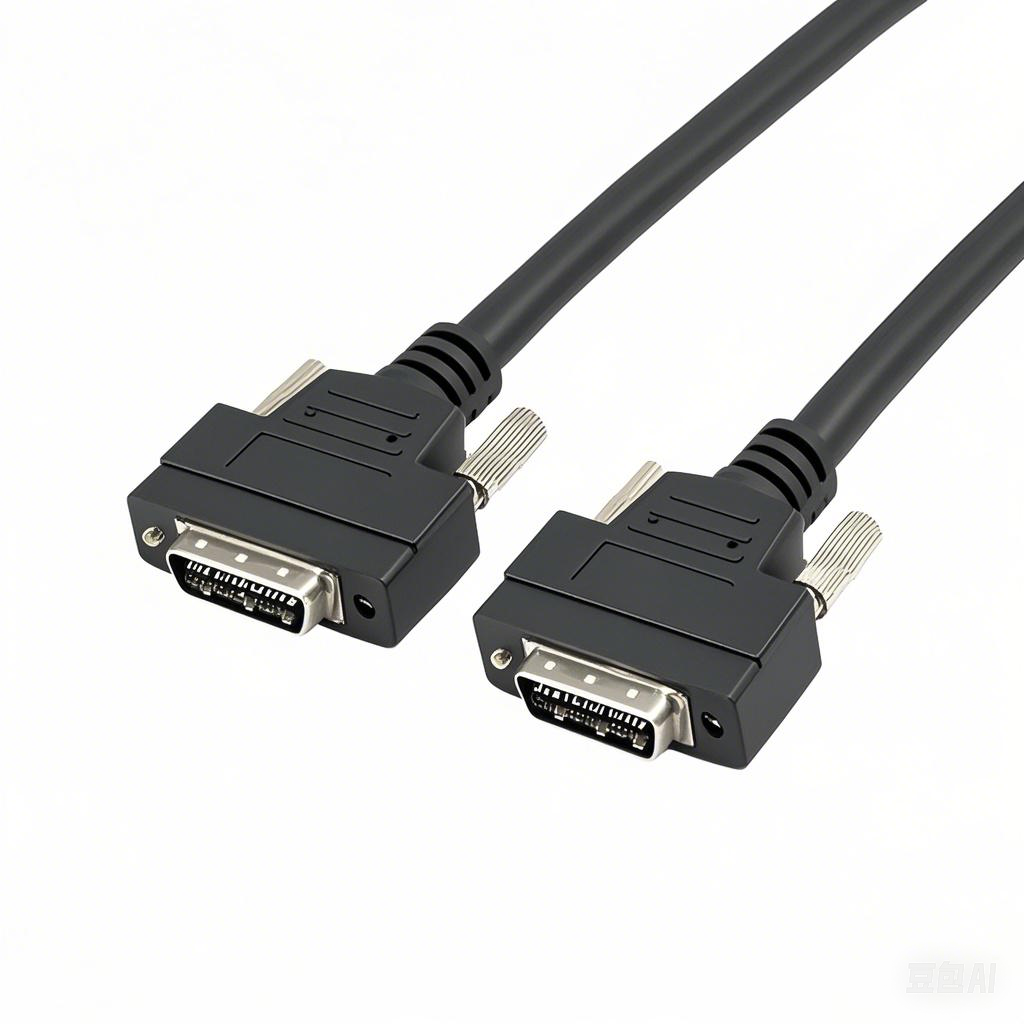What are the types of machine cable
Choosing the right machine cable is crucial for ensuring the safe, efficient, and reliable operation of industrial equipment. With a wide range of options available, selecting the appropriate cable requires careful consideration of various factors that align with the specific demands of your machinery and operating environment. Here’s a comprehensive guide to help you make an informed decision.
First, assess the operational environment. The conditions in which the cable will function play a significant role. High temperatures, for example, demand cables with heat-resistant insulation materials like silicone or fluoropolymers, which can withstand continuous exposure to elevated temperatures without degrading. Conversely, in cold environments, cables with flexible insulation that remains pliable at low temperatures are essential to prevent cracking. If the area is prone to moisture, oil, or chemicals, look for cables with waterproof or chemical-resistant jackets, such as those made from polyurethane or neoprene. Additionally, consider mechanical stress: cables in moving parts of machinery, like robotic arms, need to be highly flexible and resistant to abrasion and repeated bending to avoid premature failure.
Next, determine the electrical requirements. The cable must handle the current and voltage of the machinery it powers. Calculate the maximum current the equipment will draw, and select a cable with a current-carrying capacity (ampacity) that exceeds this value to prevent overheating. Voltage rating is equally important—using a cable with a lower voltage rating than required can lead to insulation breakdown and electrical hazards. Also, consider the frequency of the electrical supply, as some cables are designed for specific frequencies, especially in high-frequency industrial applications. Shielding is another key electrical consideration: in environments with electromagnetic interference (EMI) from nearby equipment, shielded cables (such as those with braided or foil shields) help minimize signal distortion and ensure stable performance.
Then, evaluate physical and mechanical properties. The cable’s flexibility and durability are vital, especially in dynamic applications where movement is constant. Cables with stranded conductors offer better flexibility than solid conductors, making them suitable for machinery with frequent motion. Tensile strength is important if the cable will be subjected to pulling or stretching forces; cables with reinforced cores or strong outer jackets can withstand such stress. Resistance to mechanical damage, such as impact or crushing, is necessary in harsh industrial settings—cables with thick, rugged jackets provide added protection against accidental bumps or heavy objects.
Another factor is compliance with industry standards and certifications. Different industries have specific regulations regarding cable safety and performance. For example, in food and beverage processing, cables must be FDA-approved to ensure they don’t contaminate products. In hazardous environments with flammable gases or dust, cables certified as flame-retardant or explosion-proof (like those meeting UL or IEC standards) are mandatory. Adhering to these standards not only ensures safety but also avoids legal issues and potential downtime due to non-compliance.
Finally, consider installation and maintenance. The cable’s size and weight should be manageable for the installation space—oversized cables may be difficult to route through tight machinery, while undersized ones might not fit properly in connectors. Compatibility with connectors and terminations is also essential to ensure a secure and reliable connection. Additionally, think about long-term maintenance: cables that are easy to inspect and replace can reduce downtime and maintenance costs. Choosing a reputable manufacturer with a track record of producing high-quality cables can also provide peace of mind, as their products are more likely to meet specifications and offer consistent performance.
In summary, selecting the right machine cable involves a thorough analysis of the operational environment, electrical needs, physical properties, compliance requirements, and practical installation factors. By carefully evaluating these aspects, you can choose a cable that not only meets the demands of your machinery but also ensures safety, efficiency, and longevity in industrial operations.











